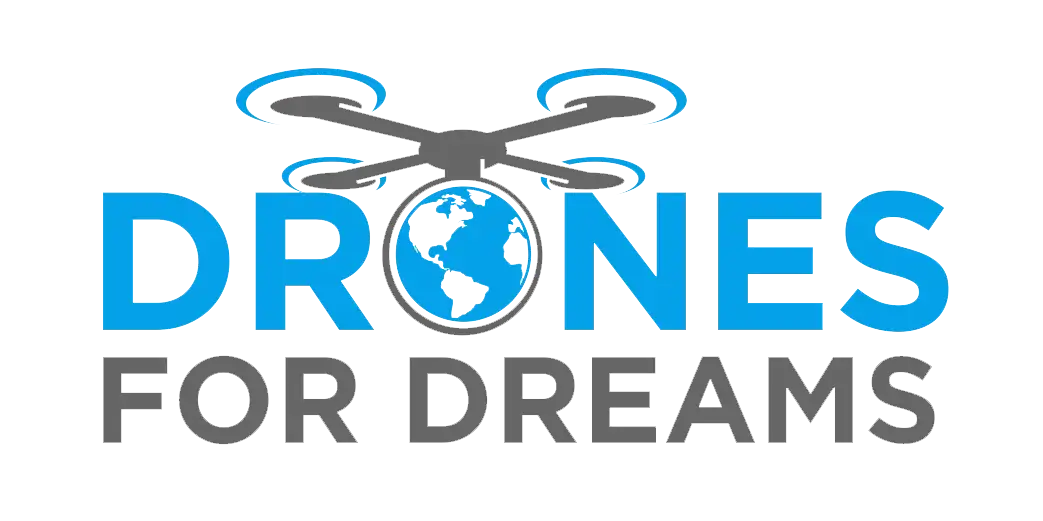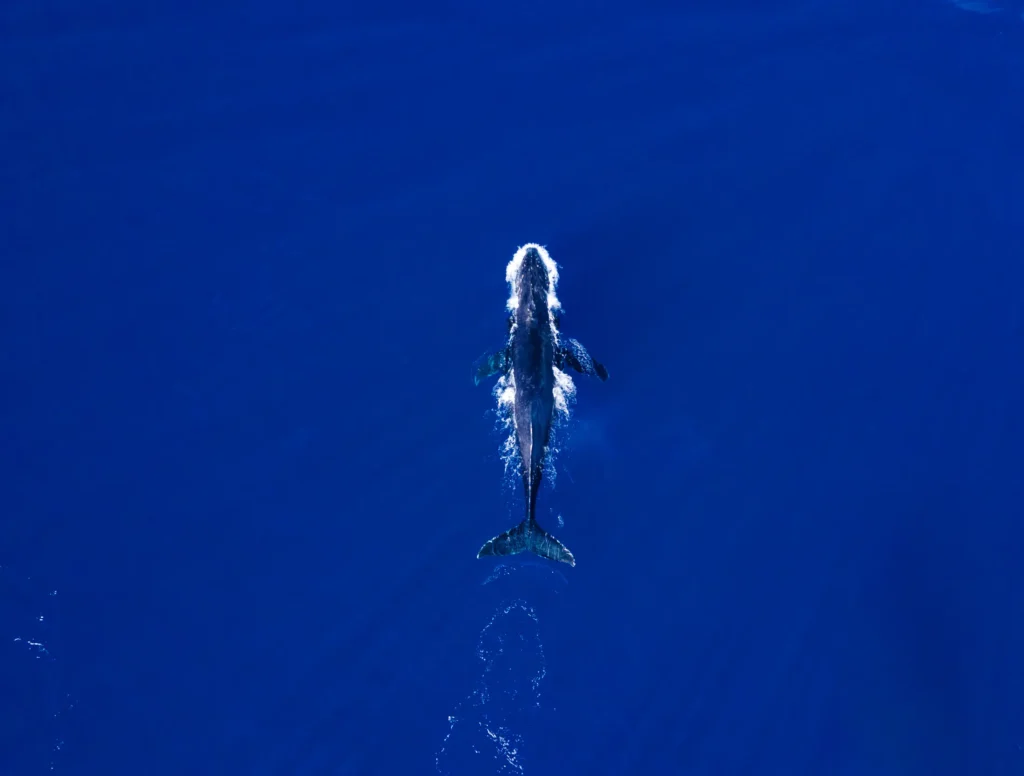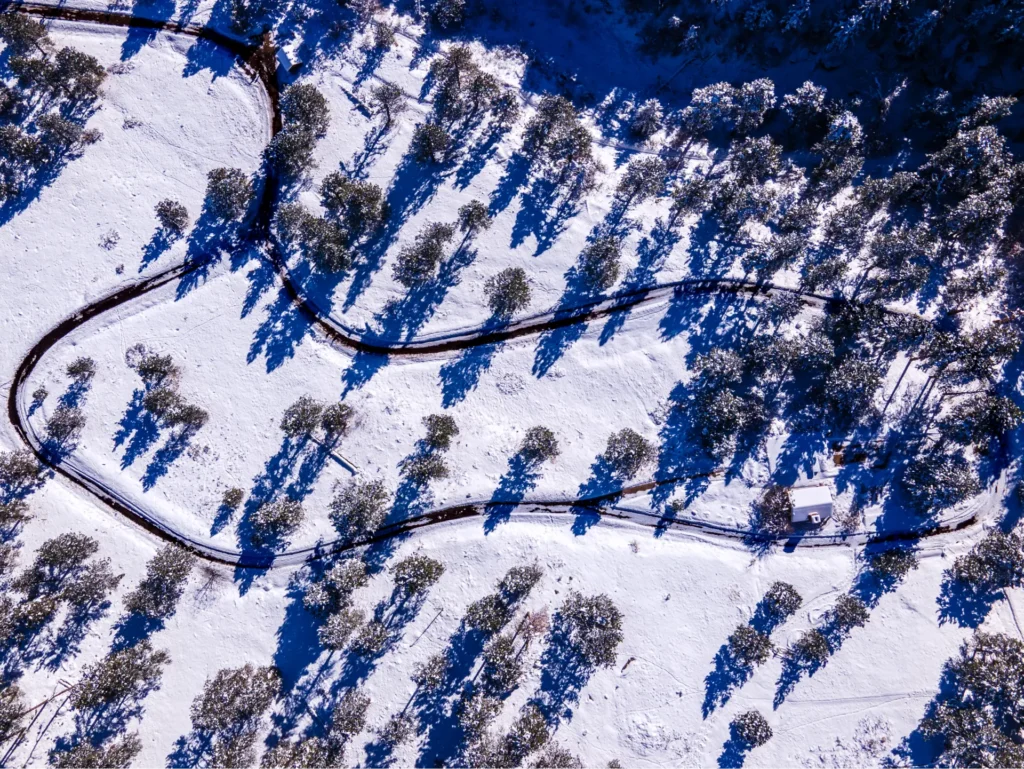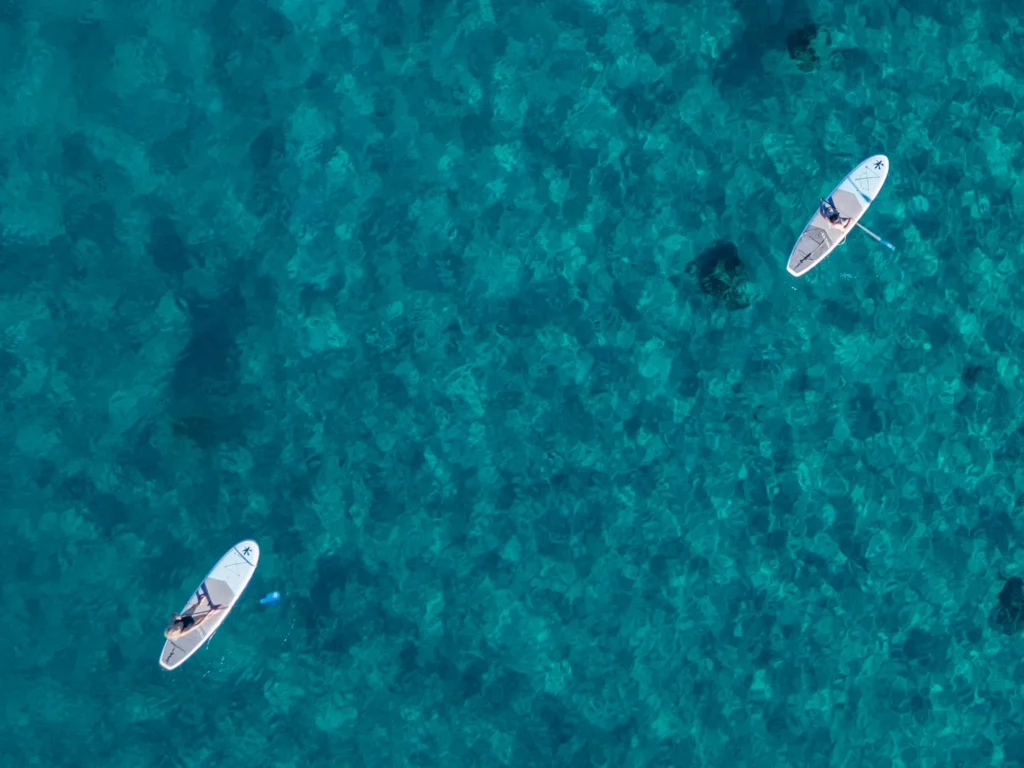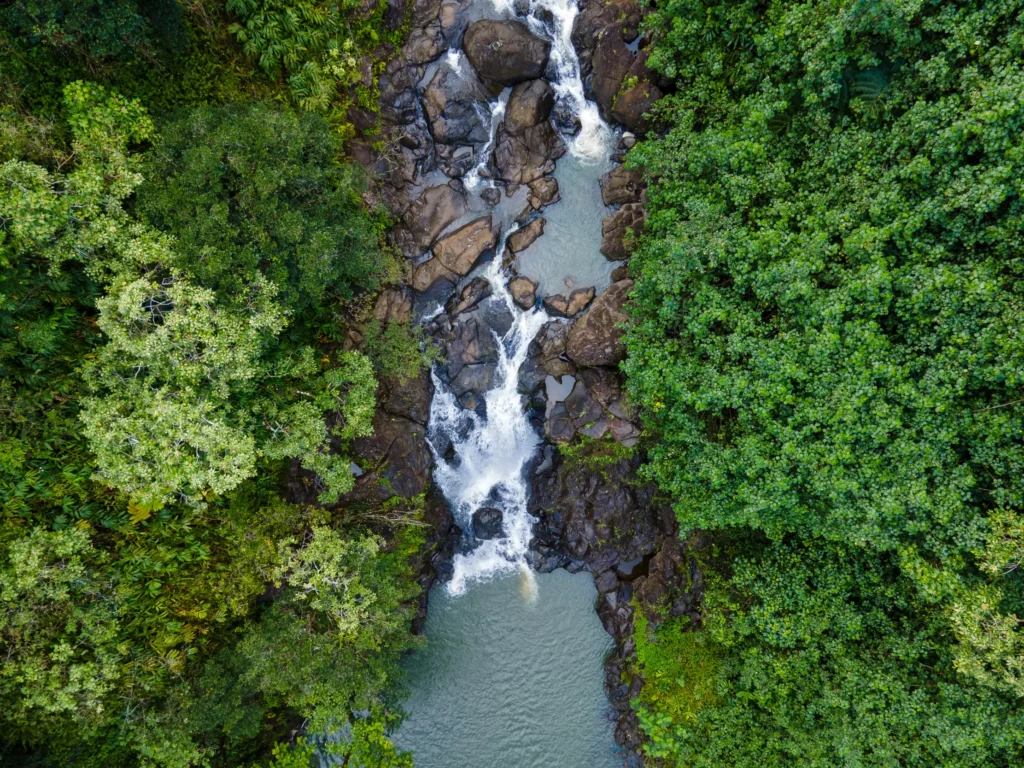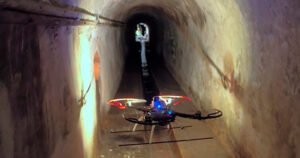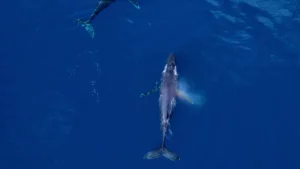In the heart of the Gulf of Mexico, one of the most endangered whale species on the planet—the Rice’s whale—faces significant challenges to its survival. With a population of fewer than 50 individuals, the urgency to protect this species has never been greater. To tackle this challenge, researchers are turning to cutting-edge technology: drones.
Traditionally, studying whales involved approaching them in small boats and attaching tags using long poles. While effective, this method was often intrusive and stressful for the animals. Enter drones—a game-changing tool for marine conservation. Equipped with custom-designed systems, drones can now carry and release suction cup tags onto whales with minimal disturbance.
This groundbreaking technique was recently employed by NOAA Fisheries and its partners, including Ocean Alliance and Marine Conservation Research, during a 21-day expedition aboard the research vessel Song of the Whale. The team successfully tagged seven Rice’s whales, collecting over 65 hours of invaluable data.
The suction cup tags, designed to temporarily adhere to the whales’ skin, capture critical information such as movement patterns, dive depths, and even vocalizations. Some tags also feature cameras, providing a rare “whale’s-eye view” of their underwater world. These glimpses into the daily lives of Rice’s whales help scientists understand their behavior and feeding habits, offering insights crucial to their conservation.
In addition to behavioral data, the tags also collect genetic material, enabling researchers to estimate population size and identify individual whales. This holistic approach provides a clearer picture of the challenges Rice’s whales face, from habitat degradation to ship strikes.
The success of drone-based tagging represents a significant leap forward in marine mammal research. By minimizing stress on the whales and maximizing the quality of data collected, this method sets a new standard for studying and protecting endangered species.
For those of us at Drones for Dreams, this story serves as a powerful reminder of how drone technology can drive innovation in conservation. As we work to highlight the diverse applications of drones, stories like this inspire us to continue dreaming big—because sometimes, a drone can help save the world.
To learn more about this incredible research, visit NOAA Fisheries’ full article.
